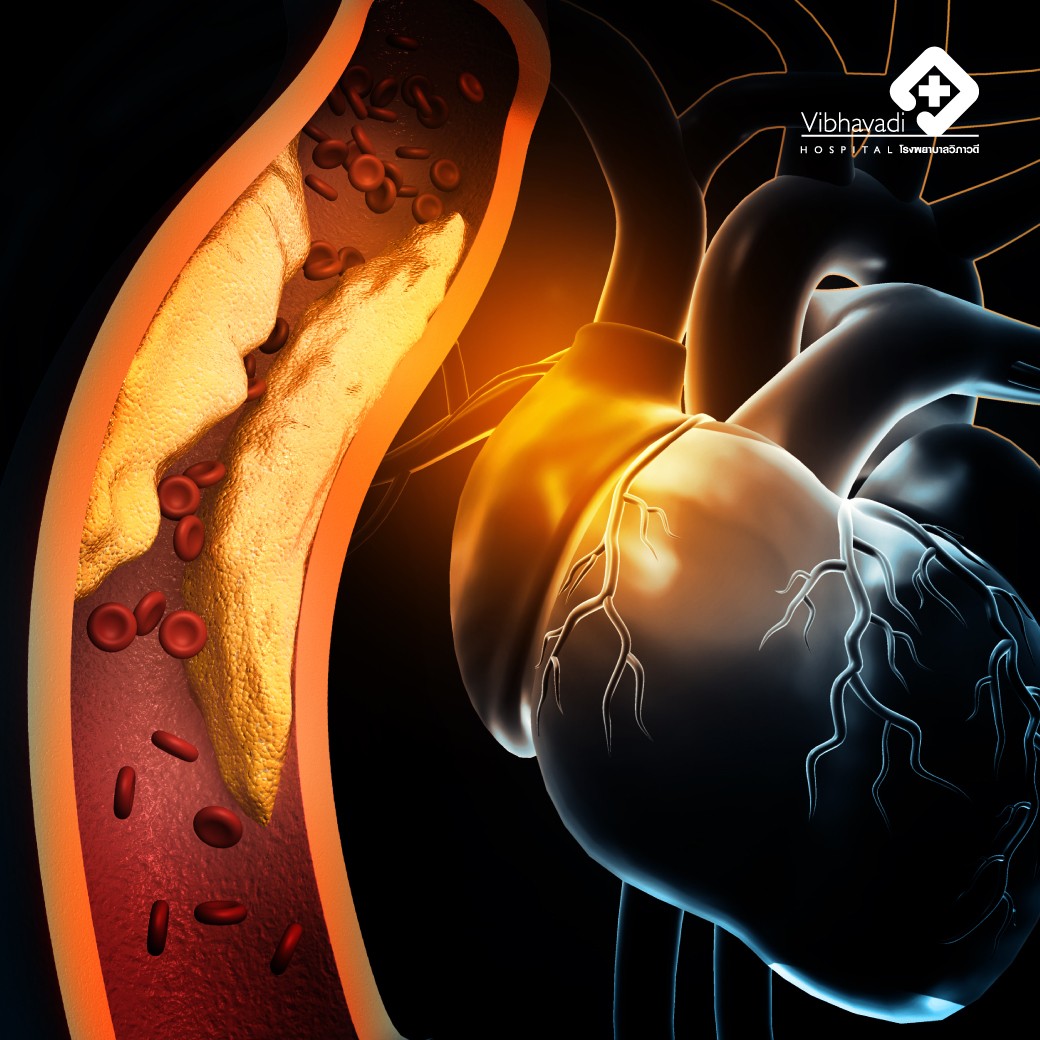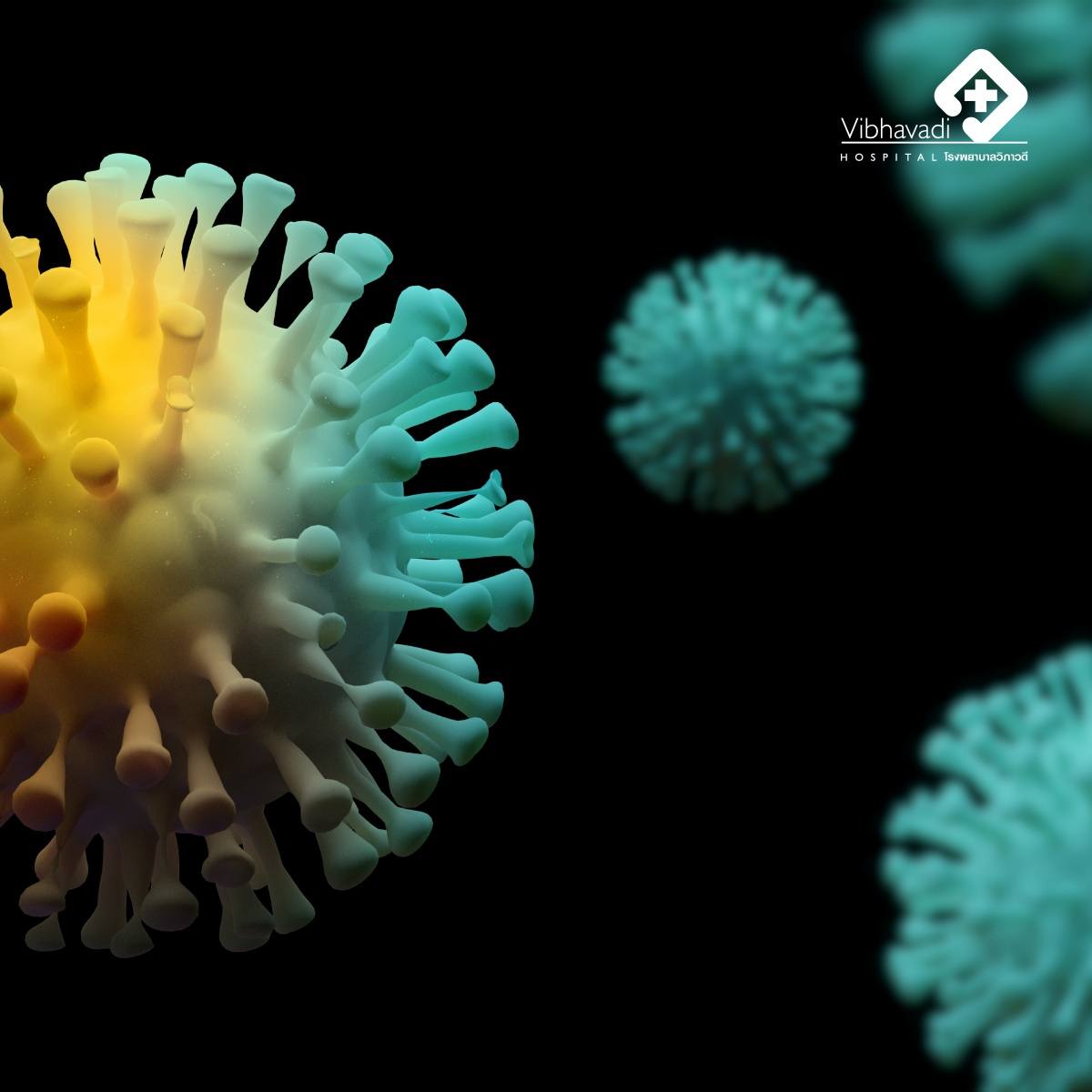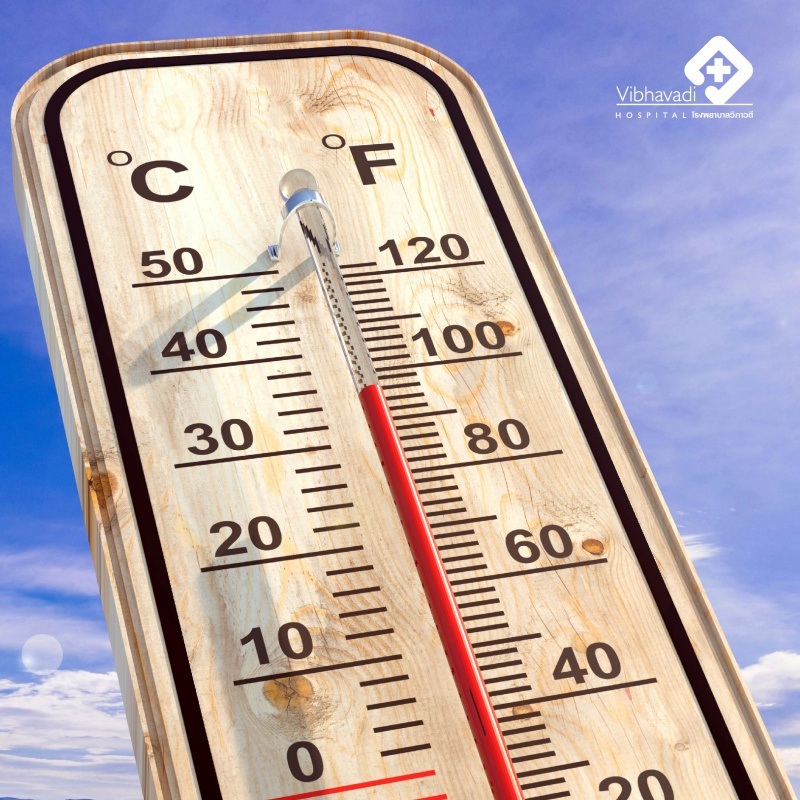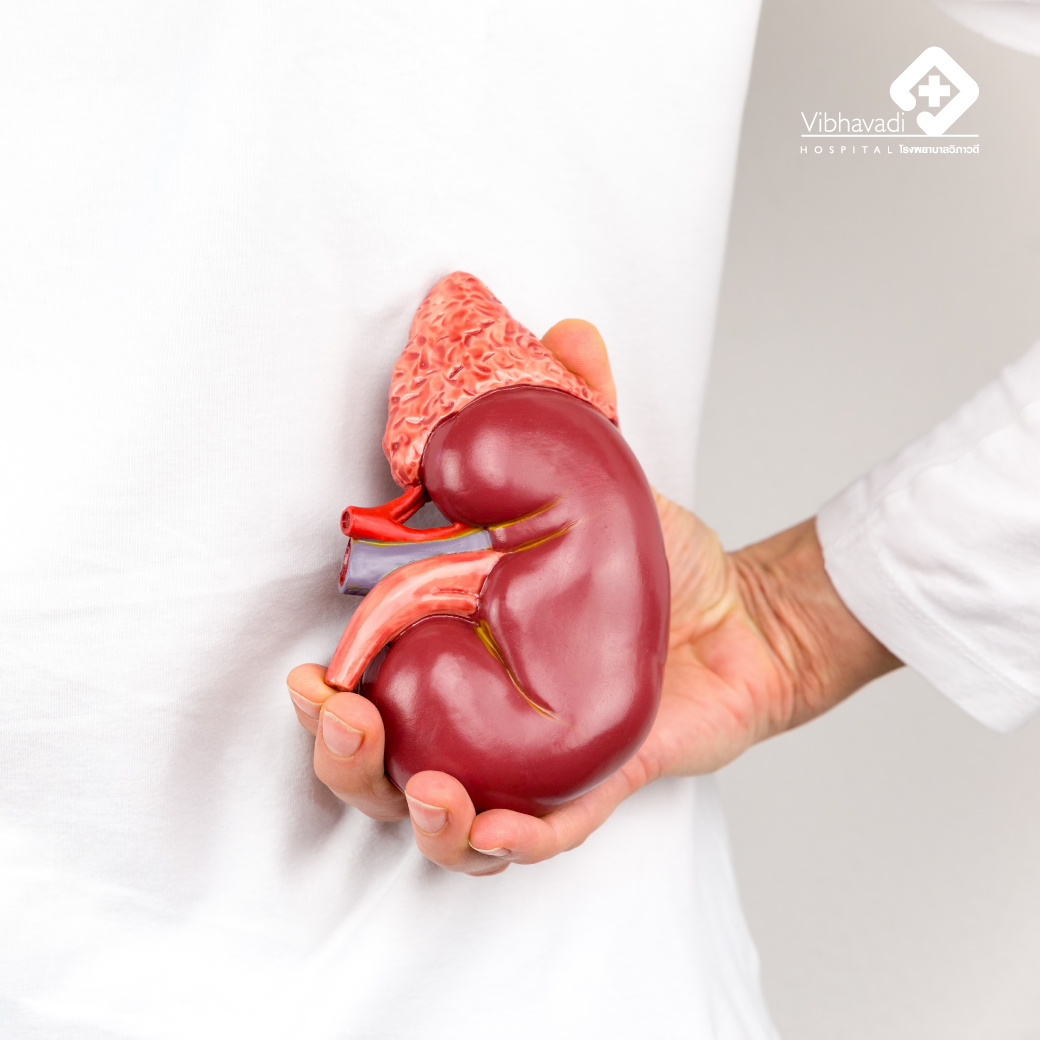Skin, The Most Amazing Organ
Skin, The Most Amazing Organ
By Dr. Virayut Chaopricha
Orthopedic Surgeon at Vibhavadi Hospital
Several professional golfers have achieved success in both domestic and international competitions. Many amateur golfers have also received consecutive trophies. Congratulations to all of you. Those who have not yet achieved their goals, keep developing. "We will not fail if we do not give up." I encourage and support all golfers who are determined to continuously improve their skills. Over the past two years, I have presented frequent injuries from golfing, and many readers and golfers have shown great interest. Many of you have come from different provinces to meet me and have received advice. You have recovered well and returned to playing golf. One potential danger that arises from playing golf in a sunny and hot country is the issue of skin. However, no golfer has consulted me about skin issues. Most of them seek help from dermatologists, which is the correct approach to receive the best treatment. I would like to provide information about skin for the benefit of all golfers and to prevent potential risks. The skin is the largest organ in the body, covering an area of approximately 2 square meters and weighing about 4.5-5 kilograms. The average thickness is 1-2 millimeters, with the thinnest skin being around the eyes at approximately 0.5 millimeters and the thickest on the soles of the feet at about 4 millimeters. The skin consists of two layers of tissue:
- Epidermis: The outermost layer.
- Dermis: Located beneath the epidermis. The subcutaneous layer (hypodermis) is not considered part of the skin. It is a fatty layer, and in this layer, women have more thickness than men, approximately 8 percent more. This leads to women having softer skin than men, and some areas may have increased fat deposits, such as the abdominal area, hips, and legs. The epidermis consists of 4-5 layers.
In the lowermost layer of the skin, the epidermis undergoes continuous division and pushes old cells upward. The skin cells produce keratin, a protein within the cells that provides resilience and waterproofing. At the same time, the cells lack blood supply and become dead cells that shed every day.
The epidermis consists of four types of cells:
- Keratinocytes: Predominant cells, accounting for 90%.
- Melanocytes: Pigment-producing cells, accounting for 8%.
- Langerhans cells: Cells that help defend against infections.
- Merkel cells: Cells that transmit sensory information to nerve cells.
The dermis is composed of collagen fibers, elastic fibers, blood vessels, muscles, nerve fibers, and various specialized nerve receptors. These receptors perceive sensations such as touch, pressure, heat, and cold, and transmit feelings of pain.
The functions of the skin:
- It wraps and covers the body, maintaining its shape, and provides protection against diseases and ultraviolet (UV) light from the sun.
- It regulates water loss because the uppermost layer of skin consists of dead cells and a coating that prevents water from seeping through.
- The body controls its temperature at 37 degrees Celsius through the workings of sweat glands.
- It senses various sensations such as heat, cold, touch, and pain.
- It synthesizes melanin, which darkens the skin after exposure to sunlight.
- It synthesizes keratin in the outermost layer of the skin, which sheds daily.
- It synthesizes vitamin D from the small amount of UV light received, leading to changes in the liver and kidneys and aiding in the regulation of calcium levels. This is essential for children to prevent weak bones and for adults to promote bone strength.
- It plays a role in conveying meaning when there are changes in emotions. For example, blood vessels contract when startled, resulting in pale face and cold hands. When angry, blood vessels dilate, causing a flushed face. The muscle contractions in the facial muscles, which attach to the skin, can express various emotions such as smiling, furrowing eyebrows, anger, joy, and sadness.
Since the skin performs multiple functions and works together with other parts of the body, such as hair, nails, sebaceous glands, and subcutaneous fat, to maintain the body's normal state, it can be considered as one system of the body called the Integumentary System. Taking care of the skin is crucial for maintaining good health and is a significant aspect of the beauty and cosmetic industry. It involves preserving and enhancing the skin's appearance, making it look younger, as well as treating conditions like acne, freckles, age spots, and other sun-related damages.
Excessive exposure to sunlight can lead to skin cancer. Reports have shown that there are approximately one million cases of skin cancer in the United States each year. Among them, 78% are Basal Cell Carcinoma, a cancer that originates from the lowest layer of the epidermis and usually does not spread. 20% are Squamous Cell Carcinoma, a cancer that arises from the flat cells of the epidermis and may spread. 2% are Malignant Melanoma, a cancer that originates from melanocytes, the cells responsible for producing the pigment melanin. Malignant Melanoma can be life-threatening as it spreads rapidly. Early diagnosis and complete surgical removal yield the best treatment outcomes.
The key characteristics of Malignant Melanoma are: A - Asymmetry: The shape is irregular and not symmetrical or round. B - Border: The edges are undefined, wavy, or not well-defined. C - Color: The color varies within the same lesion, displaying different shades. D - Diameter: The diameter is larger than 6 millimeters. This differs from the normal appearance of moles (Nevus) and Malignant Melanoma. Normal moles are round, have a consistent color, sharp borders, and are smaller in size.
Additionally, reports have been published in various international journals indicating the presence of skin cancer in both amateur and professional golf players.
Recommendations for golfers:
- Avoid sun exposure during peak hours of intense ultraviolet (UV) radiation, specifically between 10:00 AM and 3:00 PM. If necessary, wear long-sleeved shirts, use a wide-brimmed hat, and carry an umbrella for shade.
- Use sunscreen regularly with a sun protection factor (SPF) of 15-28 when playing golf in moderate sunlight for short durations, not exceeding 2 hours. If playing golf for more than 2 hours, use a higher SPF that corresponds to the sunscreen's ability to protect against UV radiation, measured as a multiple of the minimum erythema dose (MED) - the amount of UV radiation needed to cause skin reddening. SPF = MED of sunscreen used MED without sunscreen
- If there are any abnormal skin conditions, especially growths resembling moles that are rapidly growing or large in size, it is advisable to promptly consult a physician.
- Hydration is crucial. Drink water before, during, and after playing golf to prevent dehydration. If you experience excessive thirst, it indicates that your body is already dehydrated.
- Cleanse and dry moist areas of the skin, such as between the toes, to prevent fungal infections.
- Hands are prone to harboring disease-causing pathogens. They can pose a significant risk if these pathogens spread to other areas, such as the eyes, leading to eye inflammation, or if you handle food while playing golf, it can result in foodborne infections.















